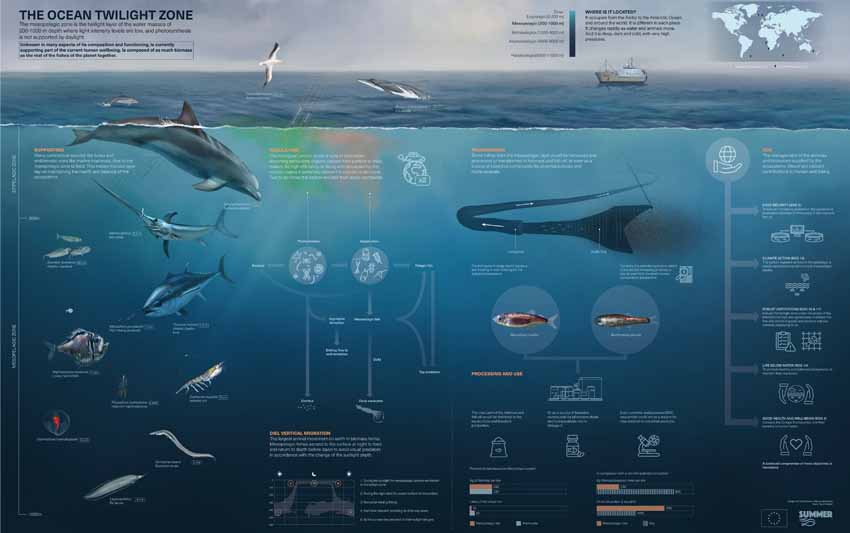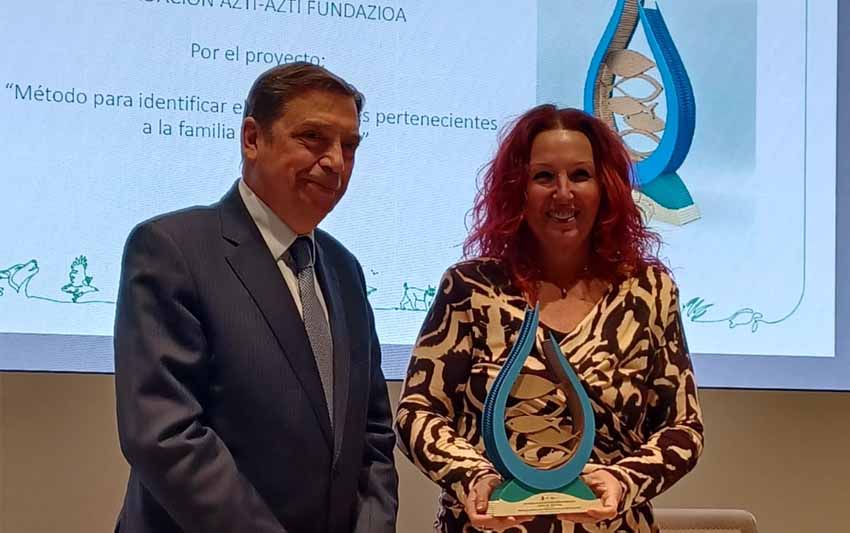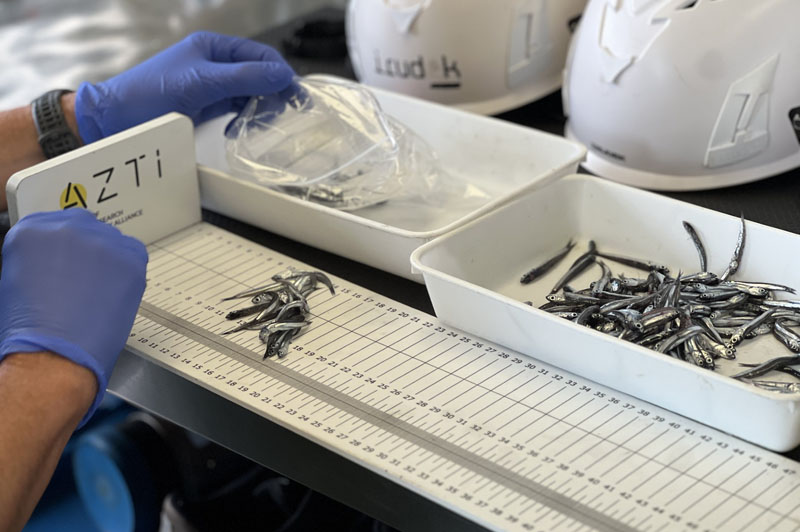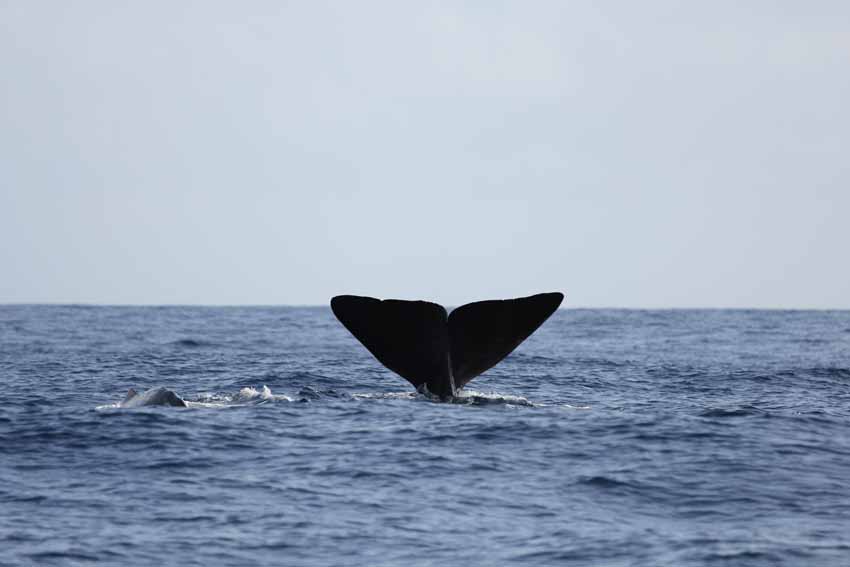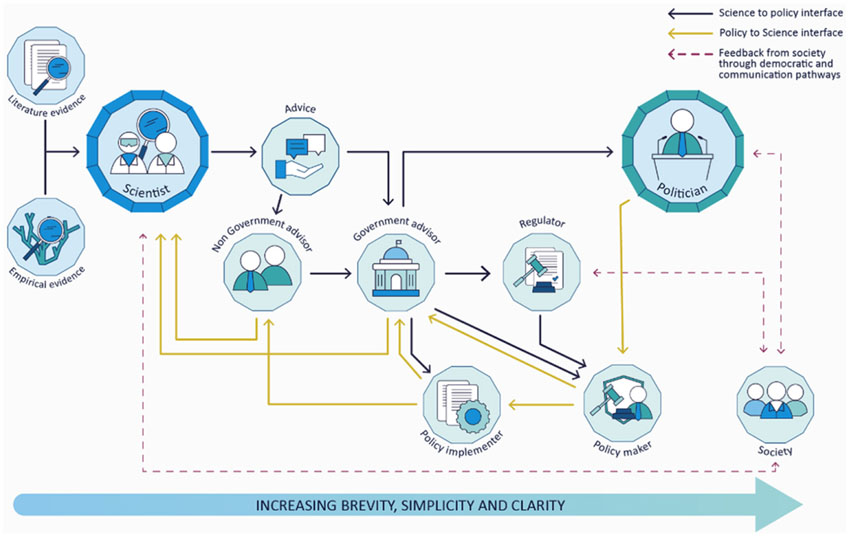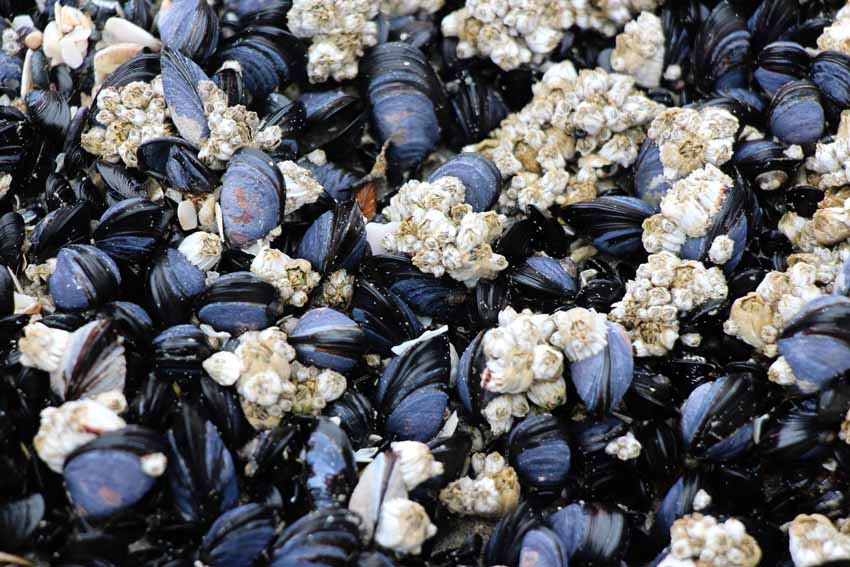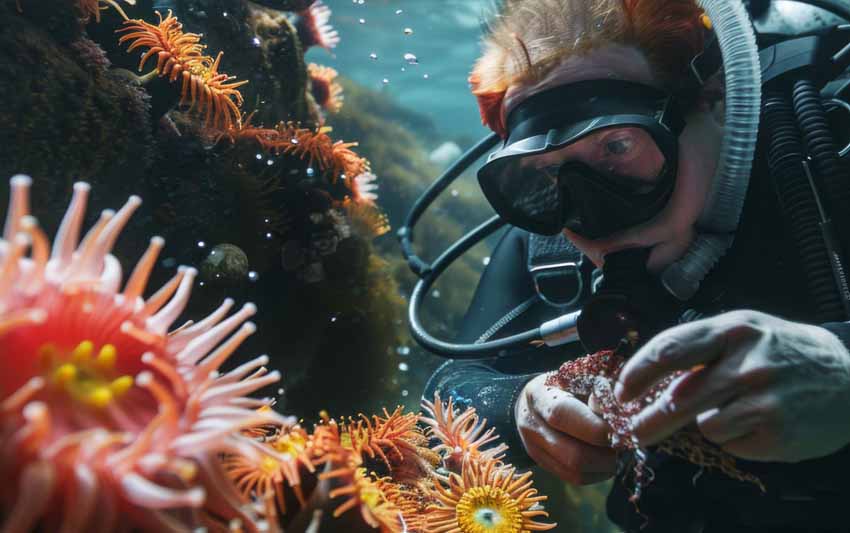The ocean twilight zone: infographic on one of the most unknown areas of our planet
Últimas noticias
AZTI wins the 24th JACUMAR Award with a pioneering PCR method to determine the sex of sturgeons
JUVENA 2025: La abundancia de anchoa juvenil en el Golfo de Bizkaia crece y duplica la media histórica
Ethics in Artificial Intelligence for Food and Health: From “Can Do” To “Should Do”
The ocean twilight zone (also known as mesopelagic zone) is the oceanic layer between 200 and 1000 metres deep. The main characteristic of this area is that there is not enough light to carry out photosynthesis, so there is no algae.
It occupies from the Arctic to the Antarctic Ocean and around the world. It is different in each to place, changing rapidly as the water and animals move. It is also deep, dark and cold, with very high pressures.
To raise awareness of this unknown area, with funding from the Summer H2020 project, the following infographic has been created by illustrator Alazne Zubizarreta and researcher Raúl Prellezo.
Índice de contenidos
The importance and the potential of the mesopelagic zone
Advances in research and technology have greatly improved our knowledge of the ocean and its natural resources. However, there are still ecosystems to be explored. According to recent research, the biomass of fish in this zone could be 10 billion tonnes, 10 times greater than all other fish combined, making it the largest and last living resource that humanity has yet to exploit.
The species inhabiting the mesopelagic zone are very important for the balance of the ecosystem because they serve as food for many commercial species such as tuna. In addition, their feeding signature results in the largest animal migration in terms of biomass. Mesopelagic fish come to the surface at night to feed and return to the depths to avoid visual predators with the associated sequestration of atmospheric carbon dioxide.
On the other hand, if we look at their potential for the food industry, although they would not be considered for human consumption as such (they have a very small size and would be very expensive to catch), they do have potential as a source of bioactive compounds for the nutraceutical and pharmaceutical industry (they have a high omega-3 content) and also as meal for aquaculture and livestock production.
SUMMER project, sustainable management of mesopelagic resources
We still know very little about what is happening at these depths. The Summer H2020 project, running from 2019, aims, among other goals, to determine the best combination of methods (including submersible broad-band acoustics, environmental DNA (eDNA) and scientific trawls) to obtain unbiased biomass and biodiversity estimates of the mesopelagic community; to estimate global abundance of mesopelagic fish based on a combination of the developed methods and models; to quantify the bycatch and impact on biodiversity of fishing; measure the role of mesopelagic organisms in the vertically integrated food web, its “service” as food for commercially fished species, deep-sea species and emblematic species and to model the effects of different fishing scenarios on trophic network stability; to estimate the carbon sequestration due to active migration relative to the gravitational flux and to model the effects of different fishing scenarios; and to explore the potential of mesopelagic organisms for pharmaceutical and nutraceutical products, processed human food and animal feed, and to evaluate the intangible value of the ecosystem for production of high-value products.
In the framework of this project, funded by Horizon H2020 and with the participation of 22 international research centres and companies, this infographic has been produced to show the main aspects of the twilight zone.
